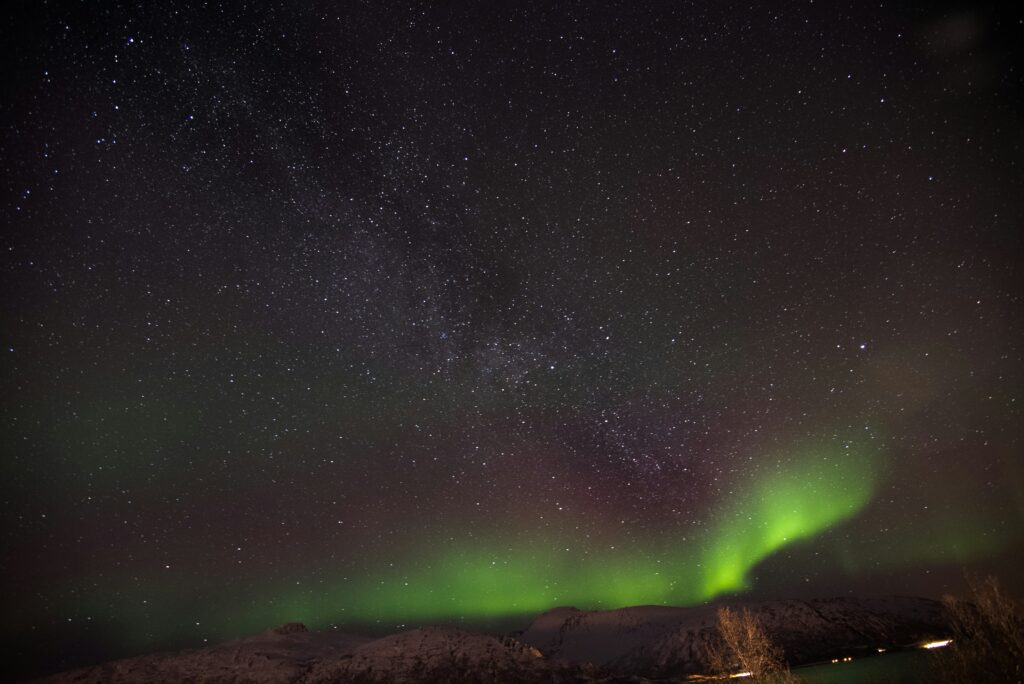The Aurora Borealis will make a stunning appearance over parts of North America on Saturday night.
Where to Spot the Northern Lights
The natural light show, known as the Aurora Borealis, will likely be visible in Washington, Idaho, Montana, Wyoming, North Dakota, South Dakota, Iowa, Michigan, New York, Vermont, New Hampshire, and Maine. According to the National Oceanic and Atmospheric Administration (NOAA), the Kp index for Saturday night is forecasted at four on a scale of nine. This index suggests the lights will be vivid, with dynamic movement and formation.
When and How to See the Aurora
The Aurora Borealis, created by solar wind interacting with Earth’s magnetic field, can only be seen at night. Prime viewing times are between 10 p.m. and 2 a.m., either just after sunset or just before sunrise. Viewers should note the lights cannot be observed during daylight. The phenomenon may be visible from up to 1,000 kilometers away, providing a broad viewing range.
Tracking and Alerts for the Aurora
The NOAA offers a 30-minute forecast for tracking the Aurora’s intensity and location. People can also sign up for alerts through Aurorasaurus to know when the northern lights might be visible in their area.
The last appearance of the Aurora Borealis over parts of the US and Europe was on New Year’s Eve. This weekend’s event promises another breathtaking opportunity to witness this natural wonder.
